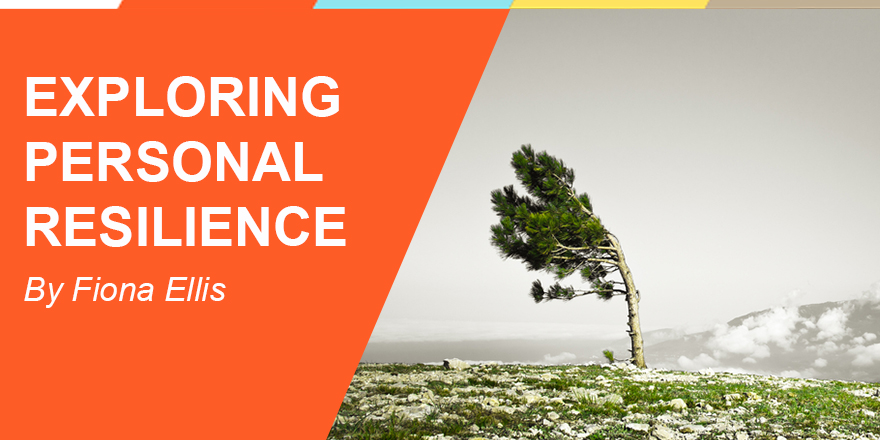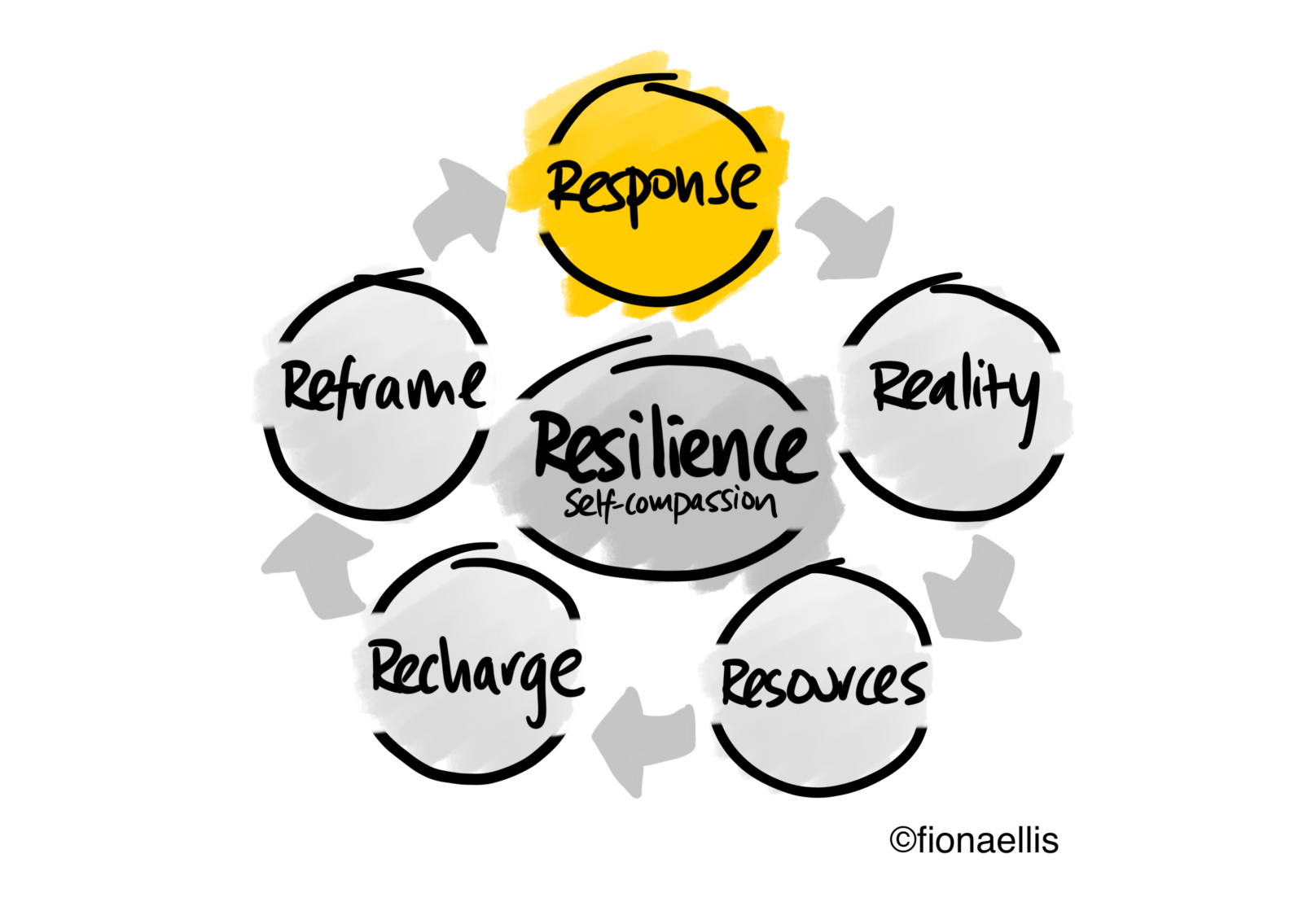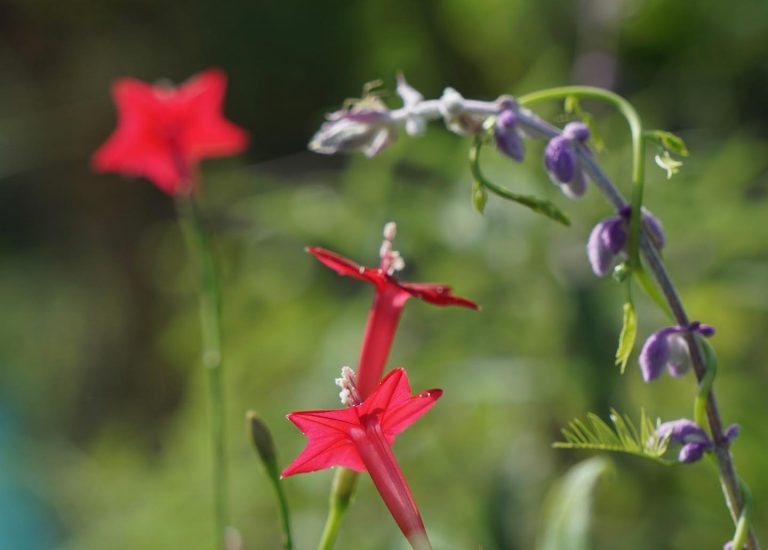Exploring Personal Resilience
What does Resilience mean to you ? When asked this question at a time of stress and upheaval in my life, I answered, “being able to bend and not break”. I had a mental image of how trees sway in a storm, and yet stay rooted. I developed the 5 Rs approach in this blog as a way of reminding myself what I need to do to stay resilient.
A VUCA world has become a truism, in the complexity and turmoil of corporate life set in a wider landscape of turbulent world events, pandemics and climate crisis. Working with executive leaders and their teams in organisations, there are increasing calls for developing greater personal and team resilience, and privately we hear familiar stories about the challenges of living with anxiety, uncertainty, and overwhelm – as well as the impact of retrenchment and culture change on how leaders are reacting .
Leaders are wanting to know how to deal with events outside their own control, which may affect their lives deeply, without hunkering down, and switching off, and being able to feel they can still make choices.
Responding
Rather than Reacting
On an individual level, Resilience can be best seen as a personal practice, and practices require repeated practise by paying attention to how you are acting and being at both a mental, emotional and somatic level.
Choosing our response rather than reacting is not easy to do. Noticing your reaction is a first step and helps you be able to centre yourself and make a split second choice when you notice you are triggered by an event, or a passing comment, and usually this is driven by your own feelings and assumptions.
Leaders can react to high levels of ambiguity and complexity by freezing ,withdrawing or moving to blame. This causes a reaction viscerally, and you can recognise the signs of this in your body, which we are often disconnected from -” the classic head on a stick” syndrome that many years of education and socialisation may have produced . Working somatically is how we help leaders recognise how they are reacting in the moment and literally move – take steps to make shifts.
Learning to notice your reaction is a first step, as your body may react fast, in a pre-conscious way, your stomach may tighten, breathing become shallower and your pulse quickens, as you gear up in an automatic physical reaction. These reactions to potential triggers are driven by your own stress patterns, feelings and underlying assumptions about what the perceived threat or unwelcome news may mean.
Reality Check
A wider perspective
When we notice we are triggered and take a moment to reflect we can ask questions of ourselves and the situation in a wider perspective…, why am I using my emotional energy this way? what is actually going well in my life? Do I really need to re-run an old script here ? Recognising that “all too familiar feeling “is a sure sign, your reaction could be an old pattern being triggered and helps you in stepping back from the trigger and taking a wider view of reality. Transformational shifts occur when we can step out of old patterns by recognising our assumptions and choose a new response.
A sense of gratitude for life –through breathing deeply and having some immediate connection to nature tends to restore equilibrium, and if you are in a busy office, crowded street, you can shift your perspective by noticing how you feel in your body, breathing, walking, moving and switching your attention to a wider gaze.
And what’s the wider bigger picture – the reality of others? what lay behind a decision that has affected you – a policy change, not realising the impact, a decision taken a long way from the implications. How can you step in their shoes to check out their reality?
Resource
How can we be fully resourced?
Everyone’s route to being resourced will vary enormously. What is key is recognising what you need. For some people this will be having practical help from key people, tools to help them reflect, techniques to manage stress; for others, they need colleagues to confide in or an external coach. Nature can also be a resource, even in an office environment, moving about rather than being chained to your laptop. Increasingly, I notice I think more clearly when I am moving, out for a brief walk in the park or being out in a windy city street can resource me. Our complex body- brain connection was designed to help us move physically, as ancient humans in fight / flight mode, so we actually think better on the move.
Setting boundaries will help resource you so that you are able to be less affected by the systemic and cultural dynamics around you. This may include resilience practices such as digital hygiene, regular breaks, exercise, taking your holidays, diet and mindfulness.
The most effective leaders manage their boundaries as well as their time, and make choices moment to moment about what they let in to their awareness, in terms of external pressures, demands and perceptions and focus on how they can maintain the mental, emotional and physical state they are in.
Recharge
What does recharging mean to you?
Taking a complete break can be a breakthrough. Leadership retreats in nature – a fire circle in the woods, 24 hours solo time, forest bathing are now less unusual ways leaders are turning to switch off from a myriad of pressures and being “always on “. You could join us on our new workshop on Rewilding with Resilience which gives you a chance to work in this way in nature. Having a day to day approach to build in recharge time is important to embed any changes in your life, whether its exercise, sport, mindfulness, relaxing.
Research conducted by University of Westminster where leaders were connected to a heart and cortisol monitor over a week as part of their Resilience Lab showed surprising results around what recharged them. The graph would stay in the red, even outside work, at the gym or putting the kids to bed, and individuals learned that “green moments” occurred at times they might not expect – singing with the kids, or whilst dancing round the kitchen making a meal, or appear in the day, when they completed the budget at long last. Having a personal guide to your own day to day pattern of recharge is invaluable.
Reframe
Seeing with new eyes
How we reframe what we are experiencing and shift our mindset helps create long lasting shifts in practice, and can occur through examining what gives us meaning, and how much we are “on purpose” in our work and life. If we can reframe through examining the underlying patterns and assumptions, eg from “ I am constantly overwhelmed and too busy” to ” I have many choices and its ok to do enough, rather than 150% “, we have more chance of actually changing our behaviour, than just addressing the symptoms.
On workshops I have encouraged people to create a lasting symbol, to reframe their resilience through nature, by finding a natural object : something that represents the shift you are making or taking a mindful photo, seeing differently through capturing your shift in perspective on the phone. The pinecone I picked up once on a workshop sits on my desk as a personal reminder of how I can adapt resiliently, expanding when I need to, protecting my boundaries and closing up at other times.
Self and System leadership requires self compassion
Finally at the heart of resilience is compassion, for yourself and others – no need to criticise yourself for having your own reactions, as we all have personal patterns, often inbuilt from childhood, and eradicating them can be a life’s work. Recognising cultural patterns within an organisational system and how those patterns affect you and others is also an act of compassion.
For a conversation on applying this approach contact Fiona@futureconsiderations.com






Fiona- beautiful. I am working on my 5R’s right now!